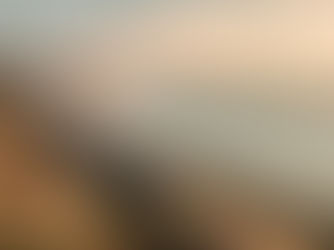SOPHIE THOMAS CREATES ART FROM WASHED UP PLASTIC
- Brad
- Dec 3, 2015
- 2 min read

We've posted before about how the oceans are full of plastic waste. To see first hand what affect this has had on our beaches, Sophie Thomas visited Hawaii's Kamilo Point.
Co-founder of studio Thomas.Matthews, Sophie Thomas turned her findings in a talk and a series of artworks, suggesting that designers could hold the power to bring about real change. ‘Trash Beach’ is the local nickname given to Kamilo Point, and in 2014 Thomas found out exactly why.
What she found was a mess. A pebbly beach covered in shards of plastic, plastic netting, ropes, toothbrushes… just some of the tonnes of landfill which makes it’s way into our oceans each year.
“Everywhere you looked plastic was present, deep in the fabric of the beach and seemingly almost impossible to extract.” says Thomas.
“The amount of plastic-to-sand ratio at Kamilo beach is shocking, even to me,” Thomas reports. “In my half hour walk along the coastline I picked up 18 toothbrushes alone”
Thomas has turned her finding into a talk, backed up by some artworks entitled Never Turn Your Back on the Ocean, which she recently presented in Pentagram’s studio in London. Through this project she hopes to open our eyes to a very real and global problem, to inspire us to do something about it.
According to Thomas there are over 5 trillion pieces of micro plastic sitting on our seabeds, which then form into ‘gyres’ - fancy speak for massive accumulation zones. “…some of the eight million metric tonnes of plastic that enters the sea each year” comes from the North Pacific Subtropical Gyre, making it the largest landfill site in the world.
Some of the plastics are extremely difficult to extract from natural materials. Take the toothbrushes Thomas found at Kamilo Point. We used to make toothbrushes out of bone, but now they are made form a combination of plastics including “nylon, high density polyethylene and a rubber substitute called ‘kraton’”. These ingredients, although making them more effective as toothbrushes, are both impossible to separate and harmful to the environment. That’s why the US sends over 20,000 tonnes of them to landfill on a yearly basis.
“Unless steps are taken” writes Thomas, “by 2025 the ocean could contain one tonne of plastic for every three tonnes of finfish.”
The problem requires more than one fix. It requires a massive shift in the way we view, source and use resources. Do you really need a new toothbrush? Can we design a toothbrush which is less harmful when thrown away?
Thomas explains that the amount of marine litter we have is a sure fire sign that we are inefficient with our resources. She suggests that, before reaching our seas, the ‘litter’ should be collected and recognised for its value. That way, we’ll re-use plastics instead of sending them to the seabed.
Original article by Mark Sinclair, Creative Review
Images from Sophie Thomas & Creative Review








Comments